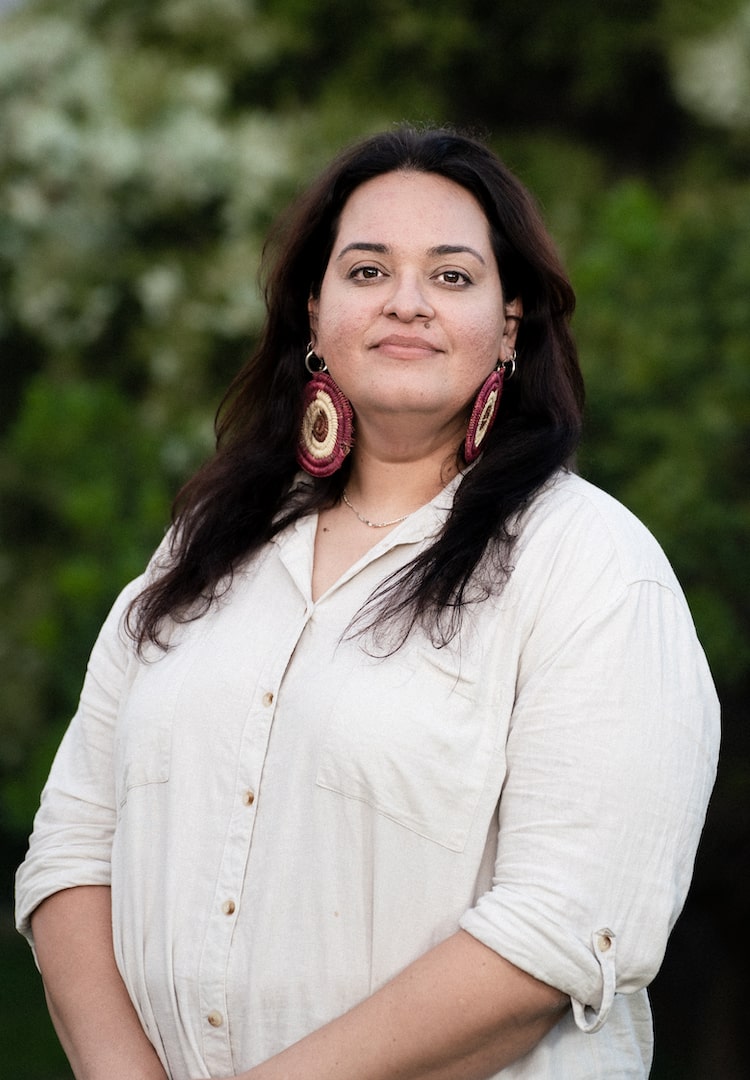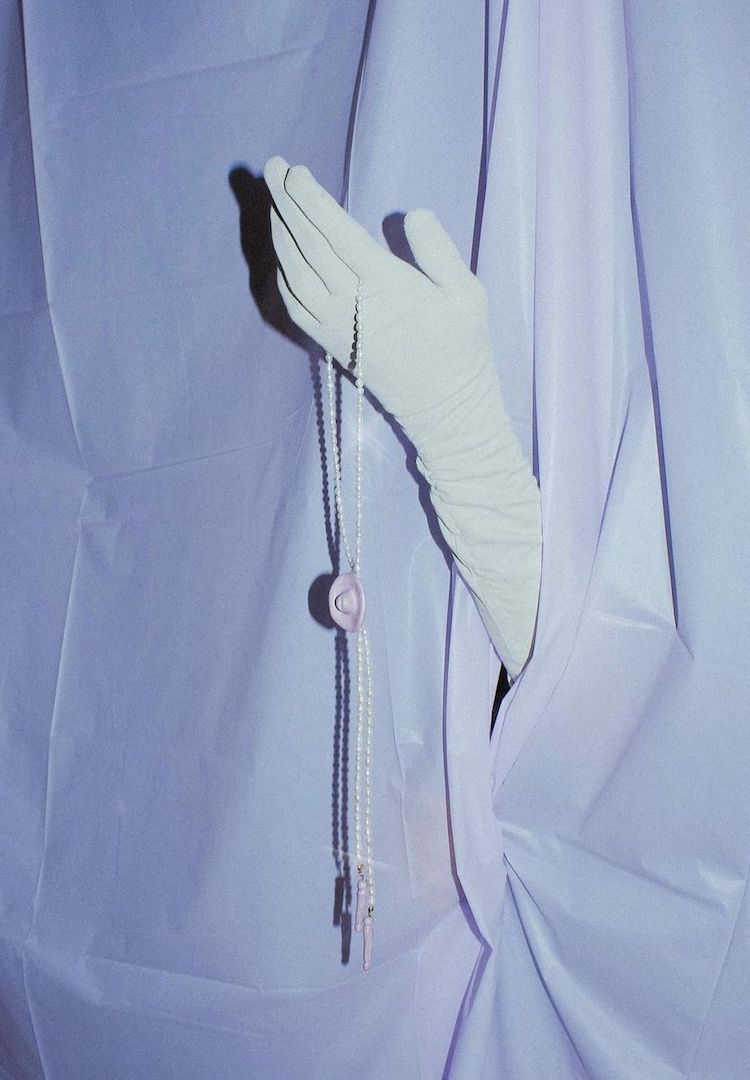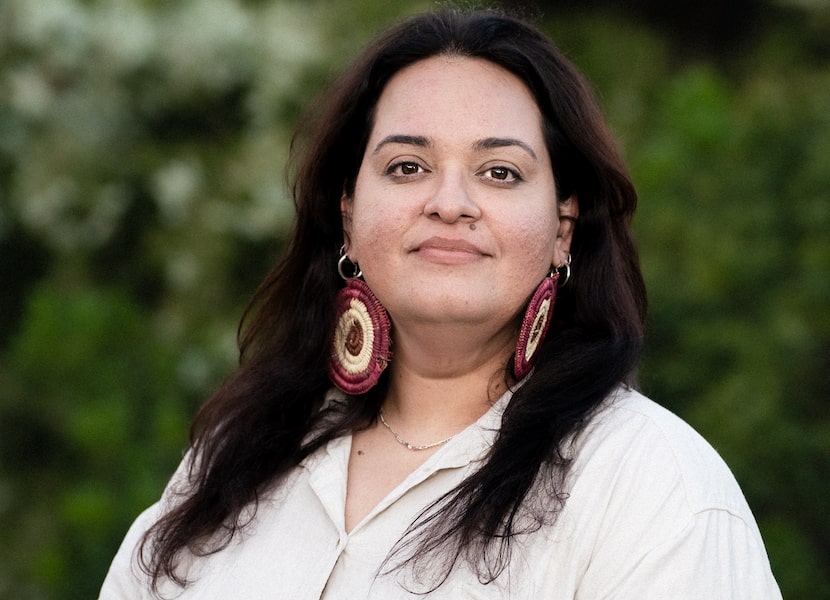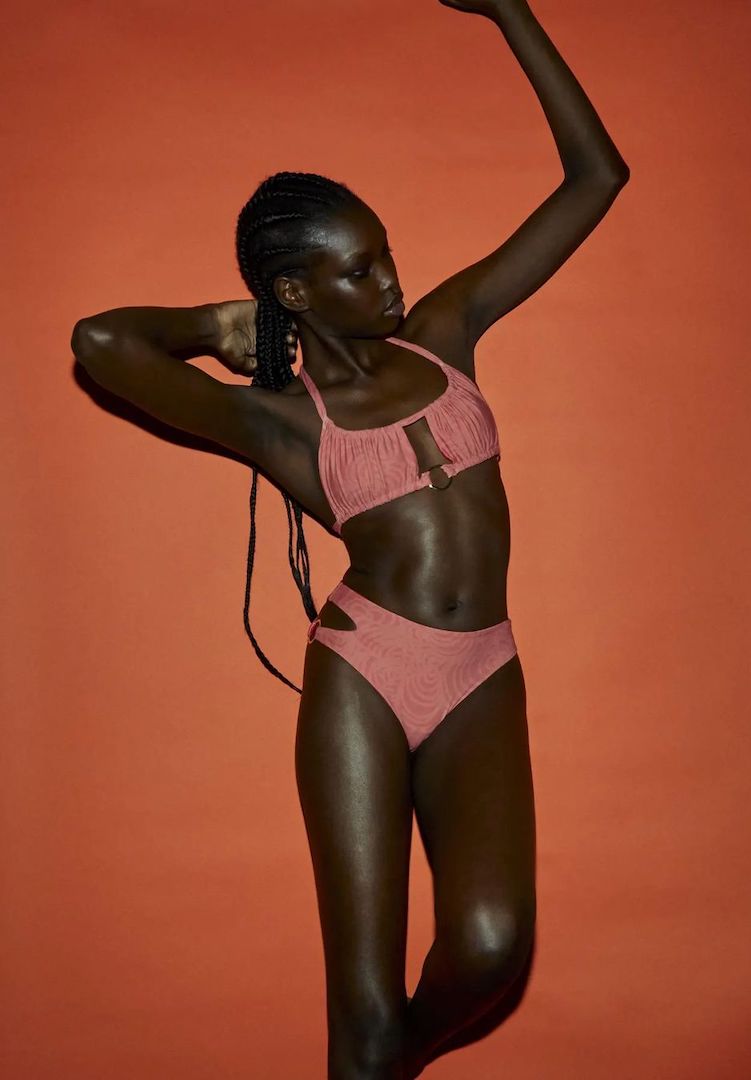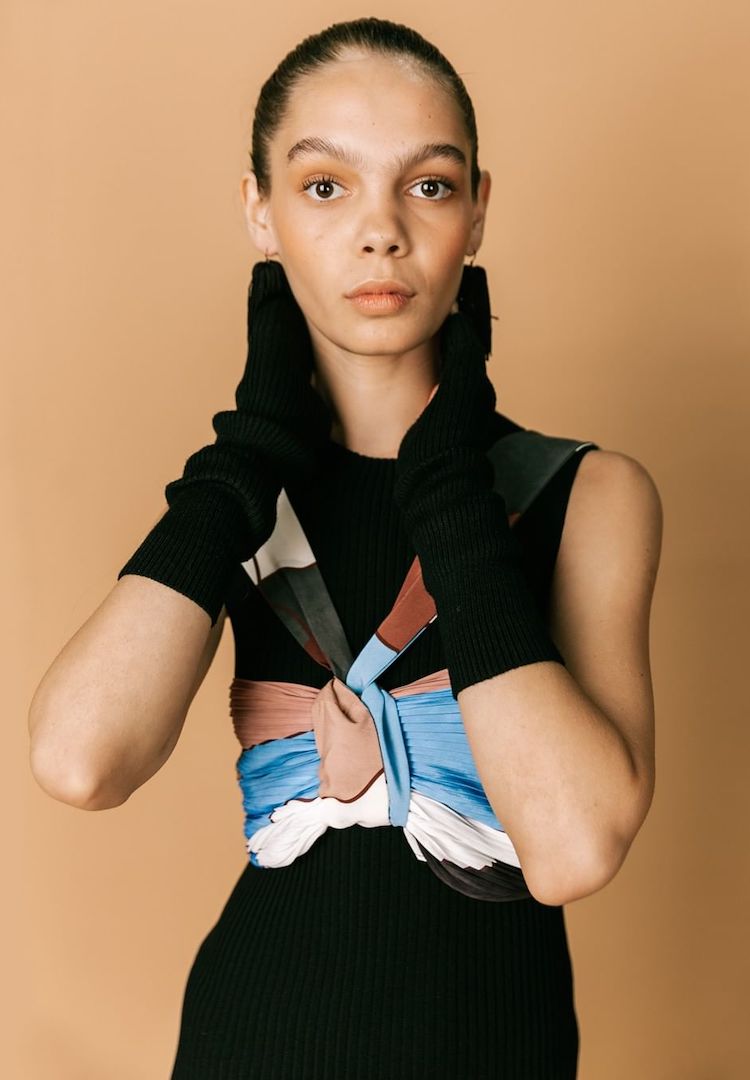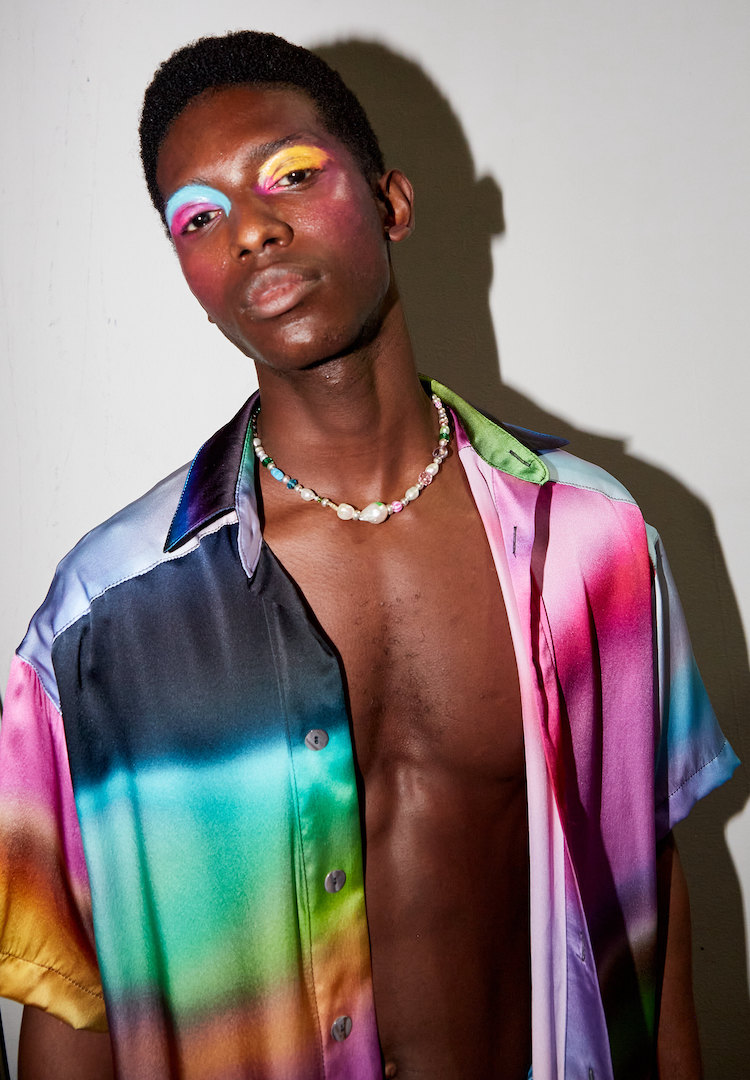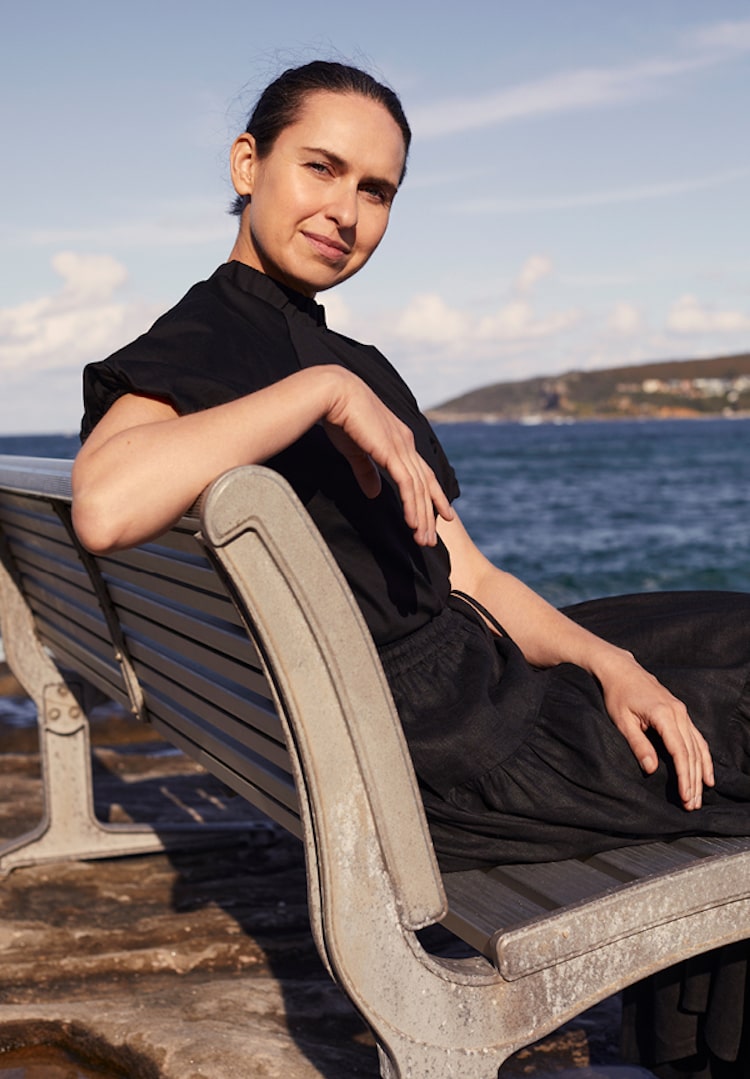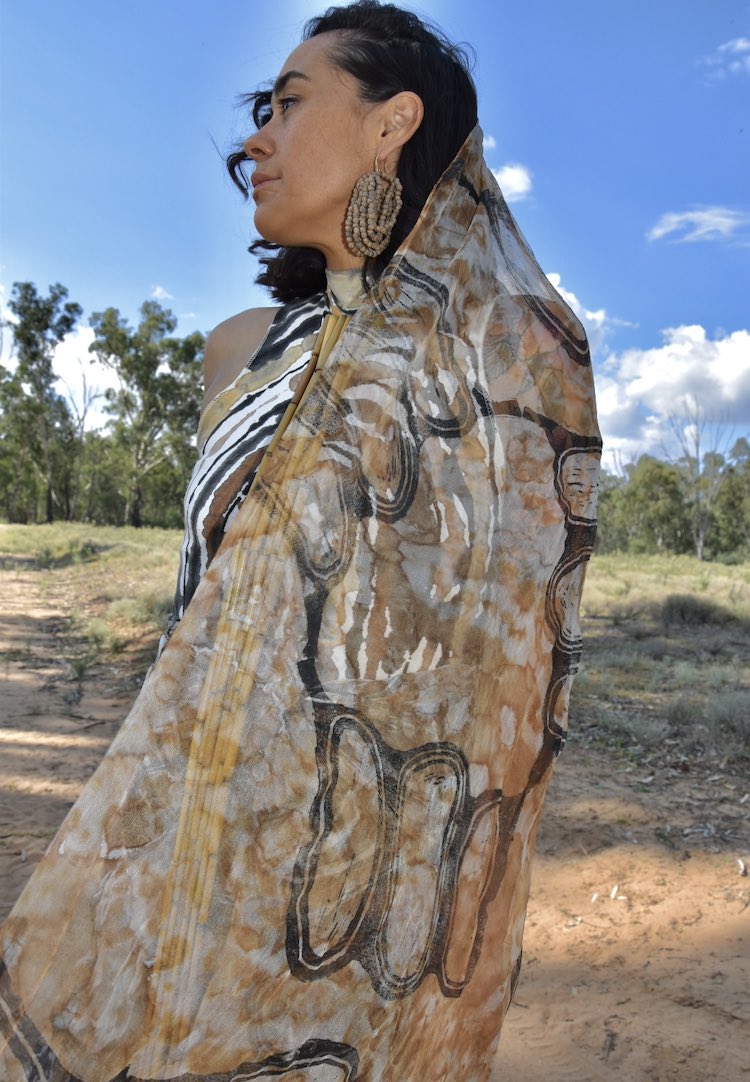How I Got Here: The Artistic Director of the Darwin Aboriginal Art Fair Foundation on giving back to community
WORDS BY IZZY WIGHT
“People question the relevance of the arts, but the numbers are a fact. I am proud to be in a position that is about empowerment and creating opportunities.”
Have you ever stalked someone on LinkedIn and wondered how on earth they managed to land that wildly impressive job? While the internet and social media might have us believe that our ideal job is a mere pipe dream, the individuals who have these jobs were, believe it or not, in the same position once, fantasising over someone else’s seemingly unattainable job.
But behind the awe-inspiring titles and the fancy work events lies a heck of a lot of hard work. So what lessons have been learnt and what skills have proved invaluable in getting them from daydreaming about success to actually being at the top of their industry?
Looking for a new 9 to 5? Head to our Careers page for new listings daily.
Welcome to How I Got Here, where we talk to women who are killing it in their respective fields about how they landed their awe-inspiring jobs, exploring the peaks and pits, the failures and the wins, and most importantly the knowledge, advice and practical tips they’ve gleaned along the way.
This week we speak to Shilo McNamee, musician, visual artist and Artist Director for the Darwin Aboriginal Art Fair Foundation (DAAF) and Creative Director of Indigenous Fashion Projects. Raised in a house of artists, Shilo always knew she’d end up working in a creative field. While studying in Darwin, she took every opportunity to “gain a deeper understanding” of the local art world, volunteering until she was offered a gallery manager role at an artist-run initiative (ARI).
Shilo’s resourcefulness, knowledge and relationship-building skills led her to a job at DAAF, where she was able to learn about “meaningful project development”. Her current role is fast-paced, ever-evolving and deeply rooted in community – and she wouldn’t have it any other way. Here’s what she learnt along the way
What do you do and what’s your official job title?
I am the Artistic Director for the Darwin Aboriginal Art Fair Foundation. I work closely with our membership base of Art Centres to build the DAAF Public Program each year. My role also spans the Indigenous Fashion Projects folio of events, as Creative Director.
Take us back to when you were first starting out. Did you study to get into your chosen field, or did you start out with an internship/entry-level role and climb the ladder? Tell us the story.
I grew up in a house of artists and creatives, so I always felt I would go into a creative field. I decided to study to get a Bachelor’s degree in Fine Arts after finishing high school.
Studying in Darwin was great, as my lecturers really encouraged us to engage with the local galleries and understand their role in the broader arts ecology. I wanted to give back to my local community but also gain a deeper understanding of the practicalities [of] installing exhibitions.
As a visual artist myself, I wanted to learn more about what galleries expected from artists. I reached out to volunteer with the local artist-run gallery. It was an exciting space that felt like it was open to possibilities. Throughout its history, It seemed to be able to adapt to whatever artists needed it to be at any given time.
I was invited to apply for the gallery manager role and stayed in the role for three years. I loved being able to support artists in a hands-on way to hang their shows and make sure they had a great opening night experience.
I think many art students start out with quite a strange vision in mind of what they think the ‘art world’ is, based on movies and popular portrayals. The reality of working at an artist-run initiative (ARI) was a whole other world. It was physically demanding, time-consuming and very much based on relationship building. Funnily enough, these were the things I found I really enjoyed about the role.
I wrapped up my time with the ARI and based on my experience, was approached to apply for a position with DAAFF to coordinate their Public Program in 2018. I had met a number of Indigenous curators as a participant of the Australia Council’s delegation to Venice for Tracey Moffatt’s exhibition, My Horizon, in 2017, so I was also able to support the development and delivery of DAAFF’s second year of their Curator Program.
DAAFF and I felt like quite a good fit for each other. I was able to bring my knowledge as a practising artist to the role. I was also able to learn more about meaningful project development that responded to the needs of the sector.
With the organisation growing from strength to strength, our roles within the organisation have also needed to grow and adapt. My role has developed from Public Program Coordinator to Artistic Director, to something of a hybrid Artistic and Creative Director, with the rise of the Indigenous Fashion Projects to a more prominent position and its own suite of public events and presentations.
What challenges/hurdles have you faced getting to where you are now? Can you tell us about one in particular?
It has been quite a sharp change to go from developing proposals for visual arts projects to designing creative briefs for fashion runways. As an artist, I am incredibly excited to be in this position, but I also understand it carries a great responsibility in learning how to support designers.
The initial ‘creative scaffolding’ needs to be sound, to sit beneath but also elevate and bring the designers’ unique collections together. I have, of course, had the opportunity to see first-hand and learn from the work of the Aboriginal and Torres Strait Islander trailblazers, who had designed and delivered our previous IFP runways, [like] Grace Lillian Lee, Perina Drummond and Rhys Ripper.
What do you want people to know about your industry/your role?
The sale of artwork is, in many cases, the only form of independent income for communities. Art centres play a vital role in setting up the infrastructure for artists to reach new audiences and market their work. Please make sure you support the ethical purchase of art and ask questions about the origin of the work if you are not sure.
What’s the best part about your role?
I love the diversity. I would never in a million years have guessed that my work supporting arts centres would take me to Australian Fashion Week! Glitter aside, I love that we are having a real impact on the lives of mob in the community. People question the relevance of the arts, but the numbers are a fact. I am proud to be in a position that is about empowerment and creating opportunities.
What would surprise people about your role?
The cycle is a full year, we don’t stop and take the rest of the year off after the fair in August! There’s a short time to exhale after the fair, but by September we are getting stuck into the next year, with both DAAFF and IFP projects.
What skills have served you well in your industry?
Being resourceful, and not being ‘precious’ about ideas. If it doesn’t work, I just file it into an ‘ideas bank’ for myself. Who knows, maybe it will work with another project in the future. An ability to empathise with others and show understanding is always well-regarded.
What advice would you give to someone who wants to be in a role like yours one day?
Sometimes you just need to take a leap and say “YES!” Say yes to the strange opportunity thrust upon you that may not come around again. Rarely do we find ourselves in a position where we are fully ready to take on the next challenge. Be gracious and respectful of those already in the industry and heed any advice they are kind enough to bestow.
Be honest with yourself about your strengths and weaknesses so that you can find the people that can help you fill the gaps. The other amazing thing about my role has been the people I have been fortunate to meet and learn from in a professional capacity.
What about a practical tip?
Invest time in networking and building relationships with people in your industry. Go to art openings, buy art and support the industry you want to be a part of. Volunteering your time to get a feel for the role you want can also place you in the way of some incredible opportunities.
Read the rest of the How I Got Here series here.
Looking to step up to a career in media? Each week we send a wrap of industry jobs straight to your inbox. Enter your details below and we’ll keep you in the loop, or browse current openings here.


